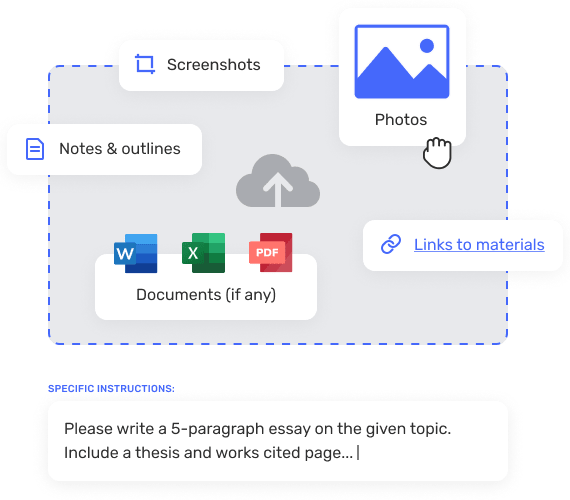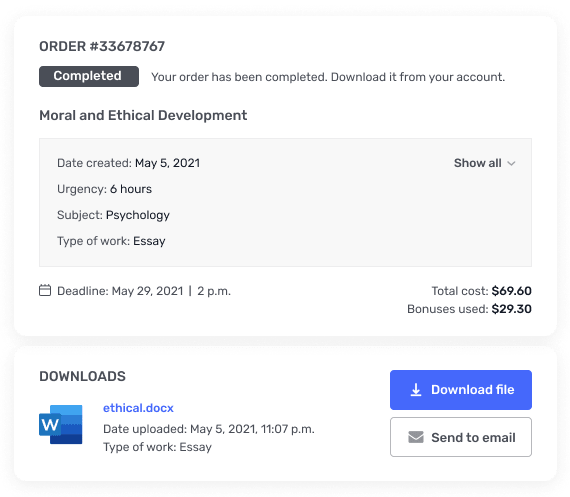BUS 1B 3057 WORKFLOW FOR A PRIMARY CARE CLINIC WITH A PAPER MEDICAL RECORD
The Requirement is to create a Data Flow Diagram (DFD) and flowchart of the following scenario (Your DFD should go to a Level 1.)WORKFLOW FOR A PRIMARY CARE CLINIC WITH A PAPER MEDICAL RECORD The typical workflowfor a patient visit at this primary care clinic begins with the patient intake portion which includes the requestfor appointment, patient registration, history taking and beginning the clinical exam. The patient contacts theclinic for an appointment via phone call or inperson for a walkin appointment, taken as available. In bothinstances, the receptionist collects demographic data from the patient, including date of birth, age, address,social security number, emergency contacts and insurance provider information. This information is enteredinto the demographic and insurance component of the clinic’s electronic registration system. New patientsare scheduled for a fortyfive minute appointment and receive a unique patient identification number (ptID).This number remains the same for the life of the patient at the clinic. A returning patient’s information isretrieved, including the ptID, and is scheduled for a twenty minute appointment. After the patient isscheduled and registration is complete, a new paper chart is developed by the file clerk and the registrationinformation is printed and placed in the chart. If the patient is a returning patient the file clerk pulls theexisting paper record from the file room, updates the demographic information and then places the chart inthe pending charts bin. The day before the patient arrives for their appointment, the file clerk places thepaper chart at the front desk so that it is available when the patient arrives for their appointment. Upon thepatient’s arrival, the receptionist queries the patient’s social security number and verifies the patient’sidentity with their last and first name. Demographic information is validated or updated in the registrationsystem. The patient then receives a paper encounter form, requesting information on past medical history,current health concerns and reasons for visit, to be completed while waiting to be placed in an exam room.In the meantime, the nurse is alerted that the patient has arrived and when available, rooms the patient in anexam room in the clinic. The second portion of the workflow includes: the physician’s physical exam, patientlaboratory, radiologic and other testing, and patient discharge. Once the patient is in the exam room, thenurse reviews the completed encounter form, obtains the patient’s vital signs and enters the patient’s chiefcomplaint and other relevant data into the paper record. After the nurse completes these tasks, thephysician begins his encounter with the patient and completes the exam. The physician documents theexam and writes orders, including medications, lab, radiology and referrals in the chart after the encounter iscompleted. If the physician writes an order for medication, she provides a written prescription to the patientbefore they leave the exam room. The physician then flags the chart (to indicate that the chart has orders)and then returns it to the nurse. Upon completion of the visit the patient stops at the clinic front desk andschedules any return visit. The nurse then executes the orders (facilitates scheduling of lab, radiology,medication prescriptions and so forth). When lab and radiology results are ready, they are printed to theclinics printer and the nurse then places the printed results into the chart. Patients are called with anyabnormal lab and radiology results or sent a letter stating results are within normal limits. When patientsneed prescriptions refilled, they contact the receptionist who then places a hand written note at the nurse’sstation in the clinic. The nurse then places the note in the patients chart and places it in a bin for thephysician to review at the end of the day. Once the physician writes the refill prescription, she places thechart in the bin and the nurse contacts both the pharmacy and patient.




